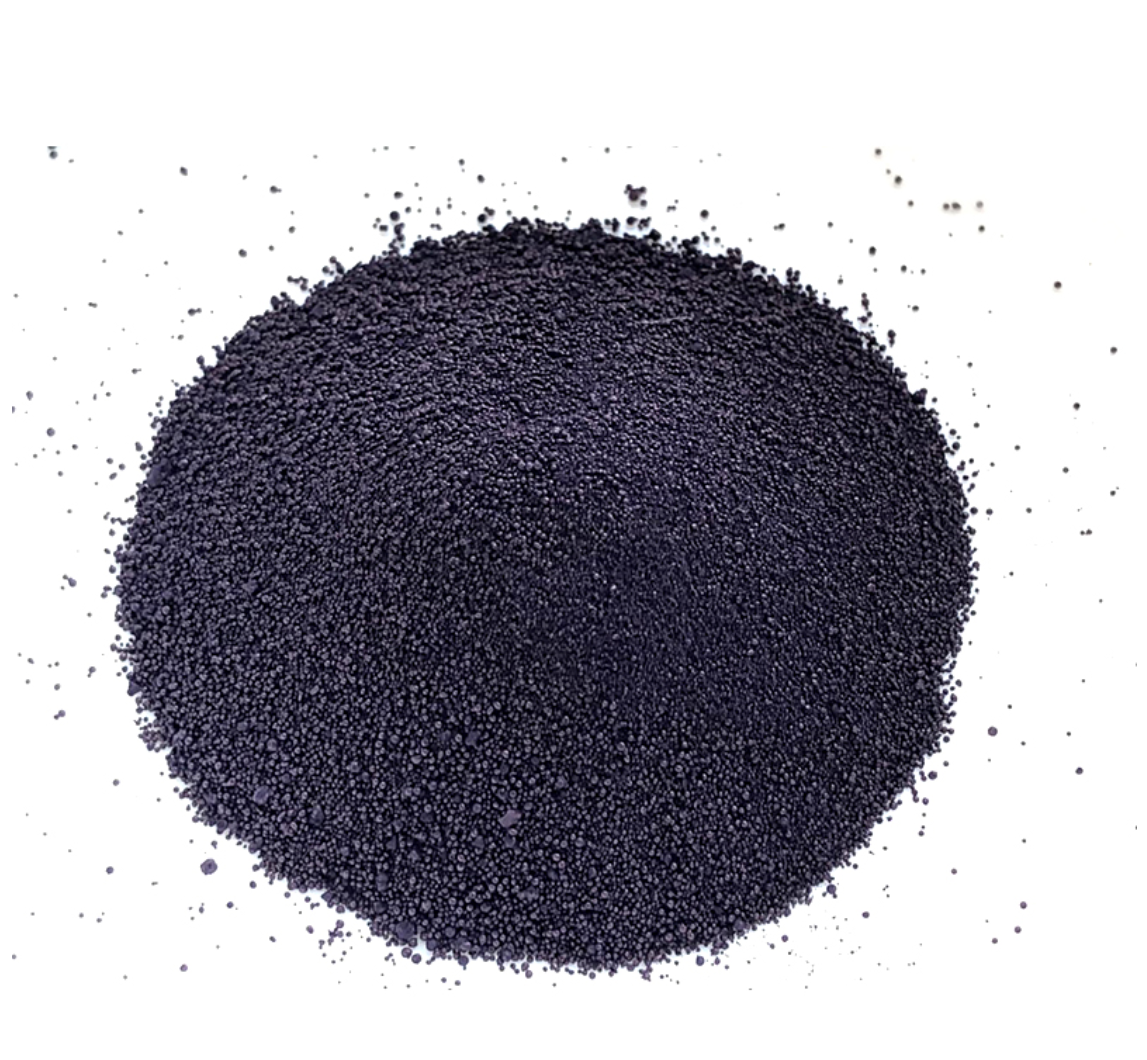indigo powder manufacturer
The Rise of Indigo Powder Manufacturers A Deep Dive into a Timeless Dye
Indigo powder, known for its rich blue hue, has been a cornerstone in textile dyeing and various cultural practices for centuries. Derived primarily from the plant *Indigofera tinctoria*, this natural dye has seen a resurgence in recent years. The indigo powder manufacturing industry, once dominated by traditional artisans, now faces modern demands and innovations, as it caters to a growing market that values sustainable and eco-friendly products.
Historical Background
Indigo dyeing is an ancient craft, with roots tracing back thousands of years to civilizations in India, Egypt, and China. Historically, the process of extracting indigo dye from plants was labor-intensive and required thorough knowledge of the plant's cultivation and fermentation processes. Different cultures developed unique methods and traditions surrounding indigo dyeing, often imbued with cultural significance and economic importance.
The advent of synthetic indigo in the late 19th century transformed the landscape of dyeing, offering manufacturers a cheaper and more consistent alternative. However, as environmental concerns and a shift towards sustainable practices gained prominence in the 21st century, there has been a resurgence of interest in natural dyes, particularly indigo powder. Contemporary manufacturers are now embracing traditional methods while innovating to meet the needs of modern consumers.
The Process of Indigo Powder Production
Modern indigo powder manufacturing involves several stages, from cultivation to processing. The journey begins with the growth of indigo plants, which thrive in tropical and subtropical climates. Farmers often engage in organic practices, allowing the plants to grow free from synthetic fertilizers and pesticides. This commitment not only enhances the quality of the indigo but also aligns with the increasing consumer demand for organic products.
Once harvested, the leaves undergo a fermentation process to extract the dye. Traditionally, this is done through soaking the leaves in water to promote anaerobic bacteria growth, which helps convert the indican present in the leaves to indigotin, the pigment responsible for the vibrant blue color. After fermentation, the dye is oxidized, and then it can be dried and ground to create indigo powder.
The manufacturing process has evolved, with some companies incorporating modern techniques to enhance efficiency while still maintaining the integrity of the natural dye. Innovations such as cold fermentation methods and eco-friendly extraction techniques have made it possible to produce high-quality indigo powder that is both sustainable and suitable for various applications.
indigo powder manufacturer

Market Demand and Applications
The demand for indigo powder has experienced significant growth, particularly in the fashion and textile industries. Natural dyes are viewed as a sustainable alternative by brands seeking to reduce their environmental footprint. As consumers become more conscious of the impact of fast fashion, the shift towards slow fashion and environmentally-friendly choices has fueled the need for natural dyes.
Indigo powder is not only used for dyeing denim, a popular application, but it has also found its way into artisanal crafts, crafts for home décor, and marine arts. The versatility of indigo allows it to be used in various mediums, from fabric to paper, and even in cosmetic products such as natural hair dyes.
Moreover, the resurgence of indigo has rekindled interest in traditional craftsmanship. Many manufacturers collaborate with local artisans to maintain cultural practices while blending them with modern production techniques. This symbiotic relationship fosters economic growth in local communities and promotes the preservation of heritage skills that might otherwise be lost.
Challenges and Future Perspectives
Despite its growth, the indigo powder manufacturing industry faces challenges. Climate change, fluctuations in raw material prices, and competition from synthetic dyes can pose threats to producers. Moreover, ensuring a stable supply of high-quality natural indigo requires careful management of cultivation and harvest processes.
To secure a sustainable future, manufacturers are focusing on education and advocacy. By informing consumers about the benefits of natural dyes compared to synthetic alternatives, they aim to foster a deeper appreciation for the labor and craftsmanship involved in producing indigo powder.
In conclusion, the revival of indigo powder as a sought-after natural dye underscores the importance of sustainability in today’s marketplace. As manufacturers continue to innovate while respecting tradition, indigo powder remains a vibrant testament to our cultural heritage and a beacon for a more sustainable future in the textile and craft industries. The evolution of this timeless dye is not only a story of color but also one of resilience, creativity, and environmental stewardship.
-
The Timeless Art of Denim Indigo Dye
NewsJul.01,2025
-
The Rise of Sulfur Dyed Denim
NewsJul.01,2025
-
The Rich Revival of the Best Indigo Dye
NewsJul.01,2025
-
The Enduring Strength of Sulphur Black
NewsJul.01,2025
-
The Ancient Art of Chinese Indigo Dye
NewsJul.01,2025
-
Industry Power of Indigo
NewsJul.01,2025
-
Black Sulfur is Leading the Next Wave
NewsJul.01,2025

Sulphur Black
1.Name: sulphur black; Sulfur Black; Sulphur Black 1;
2.Structure formula:
3.Molecule formula: C6H4N2O5
4.CAS No.: 1326-82-5
5.HS code: 32041911
6.Product specification:Appearance:black phosphorus flakes; black liquid

Bromo Indigo; Vat Bromo-Indigo; C.I.Vat Blue 5
1.Name: Bromo indigo; Vat bromo-indigo; C.I.Vat blue 5;
2.Structure formula:
3.Molecule formula: C16H6Br4N2O2
4.CAS No.: 2475-31-2
5.HS code: 3204151000 6.Major usage and instruction: Be mainly used to dye cotton fabrics.

Indigo Blue Vat Blue
1.Name: indigo blue,vat blue 1,
2.Structure formula:
3.Molecule formula: C16H10N2O2
4.. CAS No.: 482-89-3
5.Molecule weight: 262.62
6.HS code: 3204151000
7.Major usage and instruction: Be mainly used to dye cotton fabrics.

